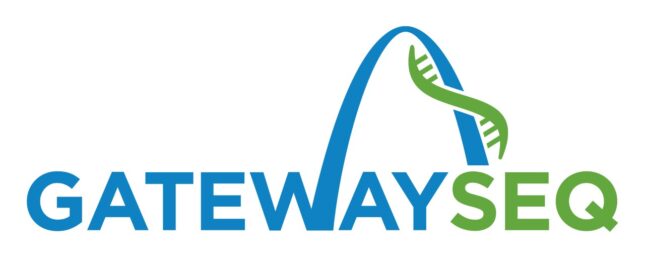GatewaySeq NGS Panel with Interpretation

| Test Details | A tumor-only, high coverage targeted next generation sequencing assay for the identification of gene mutations, copy number alterations, microsatellite instability, tumor mutational burden, and gene fusions. The intended use of GatewaySeq is to provide a targeted genomic assessment of formalin or alcohol-fixed, paraffin-embedded surgical and cytological specimens from patients with solid tumors at initial diagnosis, relapse, or metastasis. GatewaySeq serves to identify the most common clinically significant mutations as an initial assay, and does not preclude additional, more comprehensive genomic profiling by other commercially available assays. GatewaySeq is not intended for use in patients without morphologically apparent disease, to determine site of origin in cancer of unknown primary, or to monitor disease in cell-free DNA. Note: GatewaySeq testing will be resulted with a professional interpretation. If providers wish to opt out of the interpretation, please notate that in the “comments” section of the order. |
| Relevant Condition(s) | GatewaySeq can be applied to, but is not limited to, cancers of the breast, gastrointestinal tract, head and neck, lung, skin, thyroid, genitourinary tract, gynecologic tract, hepatobiliary tract, bone and soft tissue, brain, and for lymphomas. |
| Target(s) | Gene mutations (single nucleotide variants and indels in exonic regions) for 133 genes: AR, ARAF, AKT1, ALK, APC, ARID1A, ATM, ATRX, B2M, BAP1, BARD1, BCL10, BCL2, BRIP1, BRAF, BRCA1, BRCA2, BTK, CCND1, CARD11, CD79B, CDH1, CCND3, CCNE1, CDK12, CDK4, CDKN2A, CDKN2B, CHEK1, CHEK2, CIC, CREBBP, DICER1, CTNNB1, CXCR4, DNMT3A, EGFR, EIF1AX, EP300, ERBB2, EZH2, ESR1, ETV6, FANCA, FANCL, FGFR1, FGFR2, FGFR3, FOXO1, FUBP1, GNA11, H3F3A, GNA13, GNAQ, HIST1H1E, HIST1H3B, HIST1H3C, HRAS, ID3, IDH1, IDH2, ITPKB, KIT, KLF2, KMT2D, KRAS, MAP2K1, MLH1, MDM2, MEF2B, MET (includes MET exon 14 skipping variants), MYC, MSH2, MSH6, MYCN, NFKBIE, MYD88, NF1, NF2, NTRK1, NTRK2, NTRK3, NOTCH1, NOTCH2, NRAS, PAX8, PALB2, PIK3CA, PDGFRA, PMS2, POLD1, POLE, PIM1, PLCG2, PTCH1, PTEN, PTPRD, RAD51B, RAD51C, RAD51D, RAF1, RB1, RRAGC, RET, RHOA, ROS1, SDHC, SDHD, RSPO3, SDHA, SDHB, SMAD4, SMARCA4, SF3B1, SGK1, SMARCB1, STK11, STAT3, STAT5B, STAT6, TERT (includes TERT promoter variants), TCF3, TP53, TET2, TFE3, TFEB, TNFAIP3, TNFRSF14, TRAF7, TSC1, TSC2, VHL, XPO1 Copy number alterations: CCND1, CCNE1, CDKN2A/B, EGFR, KRAS, MDM2, MET, MYC, PDGFRA, PTEN, TP53 Structural variants (gene fusions and large deletions): ALK, CD74, EGFR, ETV6, FGFR2, NTRK1, RET, ROS1 Microsatellite instability Tumor mutational burden |
| Methodology | Next-Generation Sequencing using Unique Molecular Identifiers (UMIs) |
| Frequency | Testing is set up weekly. |
| Turnaround Time | Results are available within approximately 10-14 business days. |
| Specimen Requirements | Tissue, formalin-fixed, paraffin-embedded (FFPE) or alcohol-fixed formalin embedded tissue from cell blocks. Unstained slides that are unbaked. Minimum tumor cellularity: 5% |
| Specimen Collection | To be ordered on previously collected surgical and cytological specimens (pathology case number required). |
| Minimum Specimen Volume | Ten, 10-micron sections |
| Storage/Transport Conditions | Ship at room temperature |
| Unacceptable Conditions | Unacceptable specimen conditions include fresh tissue, blood or bone marrow aspirate, incorrect specimen container, or unlabeled specimen. |